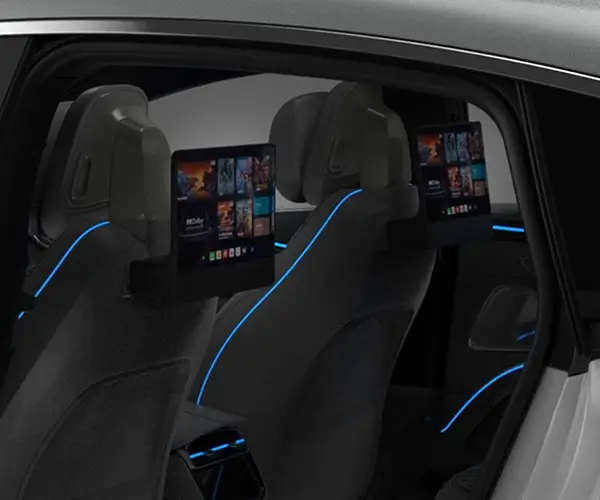Imagine a world where your data center isn’t just an endless maze of hardware racks, but a sleek, agile system humming with efficiency. Enter the micro cloud server architecture—a game-changer that’s shaking up how we handle cloud services. It’s not about throwing in more servers or stacking them sky-high; it’s about smart design, strategic placement, and optimization at a smaller scale.

Think of it like a neighborhood grocery store versus a giant supermarket. The micro cloud acts quickly, responds faster, and adapts to local needs without waiting in long queues or dealing with bottlenecks. When you’re running applications that require real-time processing—think IoT, smart cities, or edge computing—this architecture becomes a hero. No more lag, no more waiting for centralized data centers to catch up.
So, what makes this architecture stand out? First, it’s all about decentralization. Instead of a single giant cloud swallowed by complexity and latency, this approach disperses resources closer to users. You get faster data access, lower latency, and happier end-users. And because these micro clouds can be deployed in different environments—rural areas, industrial zones, or busy city centers—they offer unmatched flexibility.
Some might ask, how does this impact scalability? Well, it’s straightforward. If your traffic surges unexpectedly, just add a few more micro servers—like plugging in a USB. No need for massive overhauls or tearing down existing infrastructure. It’s modular, adaptive, and cost-effective. Plus, with energy consumption optimized for smaller, dedicated units, you save on power—you’re not just scaling broadly, but smarter.
You might also wonder, what about maintenance? That’s where the real charm lies. Smaller units mean easier troubleshooting, quicker repairs, and less downtime. Plus, push updates or roll out patches without disrupting the entire system. It’s like tuning up a sports car versus maintaining a fleet of trucks.
Now, if I ask, “Will this work for enterprise-level needs?” The answer depends. Many companies are already seeing the benefits in hybrid setups, where micro cloud servers handle local processing, and larger clouds take care of heavy-duty workloads. It’s about assigning the right tasks to the right architectures—speeding up response times and squeezing more efficiency out of every dollar.
In every sense, this architecture isn’t just a trend; it’s a strategic move. If you’re aiming for agility, cost-saving, or tackling specific local demands, a micro cloud setup might just be your best move. It’s dynamic, lean, and tailored—perfect for the modern world that won’t wait around. Think about it—smaller, smarter, faster. That’s the future, and it’s already here.
Established in 2005, Kpower has been dedicated to a professional compact motion unit manufacturer, headquartered in Dongguan, Guangdong Province, China. Leveraging innovations in modular drive technology, Kpower integrates high-performance motors, precision reducers, and multi-protocol control systems to provide efficient and customized smart drive system solutions. Kpower has delivered professional drive system solutions to over 500 enterprise clients globally with products covering various fields such as Smart Home Systems, Automatic Electronics, Robotics, Precision Agriculture, Drones, and Industrial Automation.




































